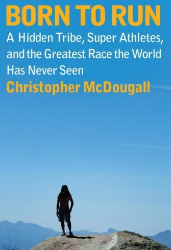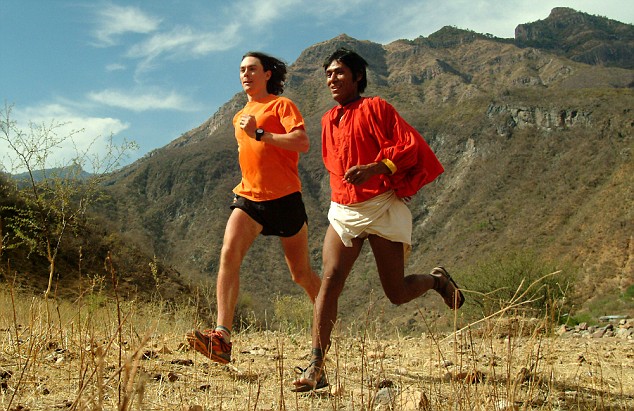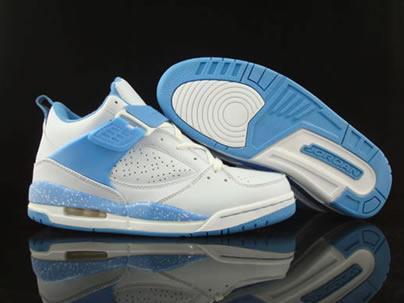
born to run – book review
I usually don’t read books about running. A little while ago I had read a book about running by Haruki Murakami, What I Talk About When I Talk About Running… and I found myself disgusted by his self-importance, exhibitionism, and vanity. I’ll never read a Murakami book again, while I was quite a fan of his fiction work. In other words, I don’t care why one of my favorite writers ran or had a snotty nose or slept on the right side of the bed. Not interesting. I just love running! However…
Because I run “barefoot“, I usually end up recommending that people read Born to Run by Christopher McDougall although until recently I never read it. It was something to offer as support for the cause of barefoot and natural running. I never read it because I felt I didn’t have to be convinced of anything while at the same time I wanted to read it… I finally got the book. It made it to the top of the pile pretty fast: I was very curious about the Tarahumara tribe and the journey of the writer. And a question I had: how can someone write so much about running?
THE STARTING POINT
I’m glad I read the book! It was both entertaining and informative. Although I run ultra distance (ultra-distance is usually defined as longer than a marathon – currently the 26 miles of a marathon make my shortest long run…) I realized I knew very little about the world of running and the branches of research, physiology, anthropology and sports medicine connected to it.
The book reads like a long article for Outside magazine (including the irritating jock-locker-room language and style of macho exaggeration that comes with it). The writer is on a quest: his feet hurt because he runs (he suffers from plantar fasciitis apparently). How come my foot hurts? he asks (after say running two miles…).
Finding the answers takes him and his reader to western doctors: idiots throwing statements such as “The human body is not designed for this type of abuse”, “Distance running is an outrageous threat to the integrity of the knee”, “Man’s foot was not originally designed for walking, much less running long distances” etc. Apparently modern medicine doesn’t want you to run because then they might lose you as a lucrative patient in the cardio-vascular department because you’re out of shape or clinically depressed! According to the author up to 8 out of 10 runners get hurt every year, the rest being weird mutants (I’m a weird mutant! Hooray!).
And how is running perceived by most people? They hate it! As McDougall points out: the American approach is rotten at its core. It’s too artificial and grabby. Too much about getting stuff and getting it now: medals, Nike deals, a cute butt. It isn’t art, it’s business. No wonder so many people hate running. And they get hurt because they don’t love it.
So he had to look somewhere else for answers. McDougall book is very good at many levels: finding out about the hidden tribe of the Tarahumaras and their extreme endurance running ability but also investigating the world of endurance running and the research proving that we are running animals. He also presents a clear case against shoe companies such as Nike (they are to running what McDonald’s is to food).
TARAHUMARA LAND
Because it seemed that western medicine, with its charlatan mix of orthotics, cortisone shots, and surgery wasn’t going to help him, the author turned his attention to those who could run a lot without getting hurt. This is how he found out about the Tarahumara tribe in Copper Canyon, Mexico. They are also called the Raràmuris, the Running People.
The book’s progression is centered around the main character: El Caballo Blanco (aka Michael Randall Hickman), an American who dropped out and took refuge in Copper Canyon and got friendly with the Tarahumara. He lives and runs there, a mysterious outcast who by the end of the book organizes a race on Tarahumara turf, inviting gringos.

The Tarahumaras are an oddity in this world. It’s a tribe that remained shy of the “modernization” and also stayed close to the earth. Not surprisingly, in Tarahumara land, there is no crime, no war, no theft, no corruption, no obesity, no drug addiction, no wife-beating, no child abuse, little cancer, no heart disease, no high blood pressure, no diabetes, and no depression! It is also a very compassionate culture.
The author explores this land and shows us bits of the Tarahumara culture. Eventually, there’s nothing special about them, they are just healthy! It’s good to learn about their diet but it’s not really different than mine. I did try iskiate as a drink for my long runs and it might decrease muscle fatigue a bit, although it’s hard to tell what does what. Thanks to the glimpse that McDougall gives us on Tarahumara culture it’s comforting to know that it’s still there and healthy, a good source of inspiration.
THE WORLD OF ULTRA-RUNNING
I didn’t really know who the people were in the world of ultra running. I’m not a fan watching so and so’s performance. This book put Dean Karnazes and the likes of him in a new light (did someone say profiteering?). I learned about amazing individuals such as Scott Jurek (I also ended up reading his book – I’m vegan leaning). I had no idea so many ultra races existed! Very inspiring.
The book focuses on the Leadville 100 trail race and the people around it, in particular, Rick Fisher, a greedy egomaniac who took Tarahumara runners there, pitting them against northerners. They did win a couple of times but never came back, mostly because people like Fisher frightened them. Tarahumaras are notoriously shy and they probably should stay that way.
McDougall takes us on a survey of the ultra-running circuit which is fun and inspiring. Yes I would like to run the Western States 100 and perhaps Badwater (please stop exaggerating, Mr. McDougall, Badwater is hard but it’s NOT like running on the surface of the sun…).
THE RUNNING SHOE INDUSTRY
After reading this book I thought that perhaps people don’t run because of Nike. As the author states “Running shoes may be the most destructive force to hit the human foot”. In other words: the best running shoes are the worst (runners with high-end shoes tend to get hurt more!), the feet like a good beating (because this way it protects itself – more cushioning means less protection! More cushioning doesn’t reduce impact, it reduces pain…).

As some physical therapist says it: “The deconditioned musculature of the foot is the greatest issue leading to injury and we’ve allowed our feet to become badly deconditioned over the past 25 years”. And as Dr. Irene Davis puts it: “Perhaps the widespread plantar fasciitis in this country is partly due to the fact that we really don’t allow the muscles in our feet to do what they are designed to do”.
Ironically the first Nike running shoe name is The Cortez: after the conquistador who plundered the New World for gold and unleashed a horrific smallpox epidemic… So running shoes are junk! Bad for you! Run barefoot. Stay away from the toxic Hoka One One!
THE SCIENCE AND OUR ANCESTORS
Starting at age 19 runners get faster every year until they peak at 27. Then speed declines. How old are you when you’re back to running the same speed you did at 19? Forty? Thirty-five? Fifty? NO! Sixty-four!!! Not only humans are really good at endurance running but they are good at it for a long time (unlike other sports). It also appears that the gap between females and males gets smaller when the distance increases.
An important point in the book is that we evolved as running animals. We can outrun a deer and eat from that. The proof? There are still some hunters in the bush who can do this and also we have been eating meat for longer than weapons have existed. The Neanderthal couldn’t do that, we could and we survived. It’s the running ability of modern man that made him survive.

Eventually, this means that we should ALL be able to run and do it very naturally. It’s definitely something to think about for all runners or would-be runners. If your ancestors could run why can’t you?
CONCLUSION
Did I learn anything from the book that would improve my running? Yes and no. Yes because I found that I do run well. Also, I learned a bit about endurance nutrition. Preparing iskiate, also getting inspiration eating only natural foods, meaning staying away from sports nutrition products such as gels. I also had fun learning about the people in the world of running, it’s inspiring. At the same time, I knew all this all along.
But I know one thing more now, the real secret of the Tarahumaras. They never forgot what it felt like to love running.

